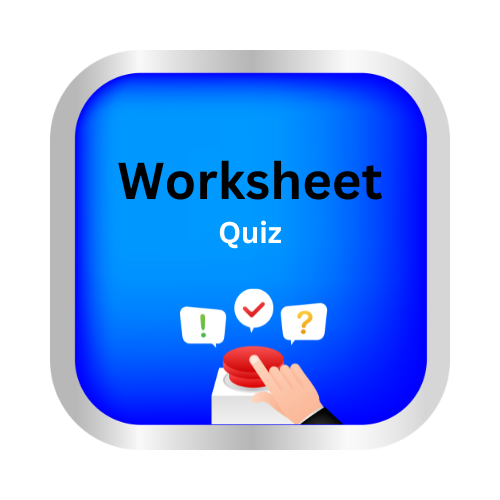Use possessive pronouns
Design by Delta publications
Key Notes:-
🌟 Use Possessive Pronouns 🌟
| 👩🏫 What are Possessive Pronouns? |
👉 Words that show ownership (belonging).
👉 They replace nouns to avoid repeating.
| 🧩 Examples of Possessive Pronouns: |
🔹 Mine – This book is mine. 📖
🔹 Yours – Is this pencil yours? ✏️
🔹 His – The bag is his. 🎒
🔹 Hers – The doll is hers. 🧸
🔹 Ours – The garden is ours. 🌳
🔹 Theirs – The toys are theirs. 🪀
| 🎨 Key Points to Remember: |
✨ Possessive pronouns do not need apostrophes ( ’ ).
✨ They stand alone (don’t come before a noun).
✨ They make sentences shorter and clearer! 🌈
| 🌟 Example Sentences: |
👦 That bicycle is mine. 🚴
👧 The lunchbox is hers. 🍱
👨 The hat is his. 🎩
👩👩👧 The house is ours. 🏠
👫 These books are theirs. 📚
Let’s practice!🖊️

